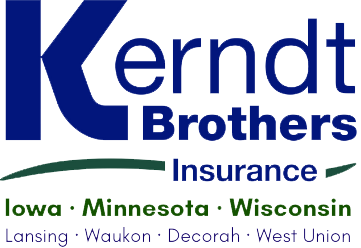Iowa is no stranger to the devastation caused by floods. Whether from heavy rains or overflowing rivers, flood damage can be extensive, often leading to the unpleasant smell of mold and mildew. Mold spores not only pose health risks but are notoriously difficult to eliminate. Understanding how flood insurance addresses mold and mildew is essential for homeowners in Iowa, where flooding is a recurring concern. Your insurance representative at Kerndt Brothers Insurance Agency, serving Lansing, IA, can help, but here’s what you should know in the meantime.
What Flood Insurance Will Cover
Standard homeowners insurance typically excludes flood damage, which is why many Iowans rely on separate flood insurance policies. When it comes to mold and mildew, coverage generally applies if the growth is a direct result of flood damage and you have taken reasonable steps to mitigate further harm. For example, if floodwaters soak your drywall and mold forms before repairs can be completed, your flood policy may help cover cleanup and replacement costs.
What’s Not Typically Included
Flood insurance does not provide blanket protection for all mold and mildew issues. If the insurer determines that the damage could have been prevented—such as leaving standing water untreated for too long—coverage may be reduced or denied. Similarly, mold that develops in areas unaffected by the initial flooding is typically not covered.
Taking Preventive Action Matters
Quick action is crucial in minimizing mold growth and protecting your coverage. Drying out your home, removing wet materials, and using dehumidifiers can help limit the spread of mold and mildew.
If you are unsure about how your current flood policy handles mold and mildew, contact Kerndt Brothers Insurance Agency, serving Lansing, IA. We’ll review your coverage and help ensure you are prepared before the next flood. Call us today.

 Email an Agent
Email an Agent Click to Call
Click to Call Send us a Text
Send us a Text Get Directions
Get Directions
